I have the next Image:

I want to find all the occurrences of an specific character, let's say "a", and then replacing it with another character, let's say "e"
This can be done in Python3 using OpenCV and Numpy, to do that I'm using the next two images in order to do template matching:
my code is the next:
import cv2 as cv
import numpy as np
img = cv.imread('source_image.jpg') # Importing Source Image
imgray = cv.cvtColor(img, cv.COLOR_BGR2GRAY) # Converting Source Image to Gray Scale
template_a = cv.imread('template_a.jpg') # Reading Template "a" Character
template_a_gray = cv.cvtColor(template_a, cv.COLOR_BGR2GRAY) # Converting Template "a" Character to Gray Scale
template_e = cv.imread('template_e.jpg') # Reading Template "e" Character
template_e_gray = cv.cvtColor(template_e, cv.COLOR_BGR2GRAY) # Converting Template "e" Character to Gray Scale
# Template Matching
w, h = template_a_gray.shape[::-1] # Obtaining Width and Height of Template "a" Character
res = cv.matchTemplate(imgray, template_a_gray, cv.TM_CCOEFF_NORMED) # Template Matching
threshold = 0.6
loc = np.where( res >= threshold)
for pt in zip(*loc[::-1]):
cv.rectangle(imgray, pt, (pt[0] + w, pt[1] + h), color=(255,255,255), thickness=cv.FILLED) # Removing Matched Template "a" Characters
y_offset = pt[1]
x_offset = pt[0]
x_end = x_offset + template_e_gray.shape[1]
y_end = y_offset + template_e_gray.shape[0]
imgray[y_offset:y_end,x_offset:x_end] = template_e_gray # Pasting Template "e" Characters
filename = 'savedImage.jpg'
cv.imwrite(filename, imgray) # Saving Image
cv.waitKey(0)
cv.destroyAllWindows()
When executed the result is:

The problem is that when zoom in, the pasted image isn't exactly the same as the template character for e
Blobs appear above and in the left of the original "e" template character. Why is this happening? How do I get rid of them?
Edit: in Response of Christoph Rackwitz's Comment:

Edit: Code fixed upon Christoph Rackwitz's Suggestions



